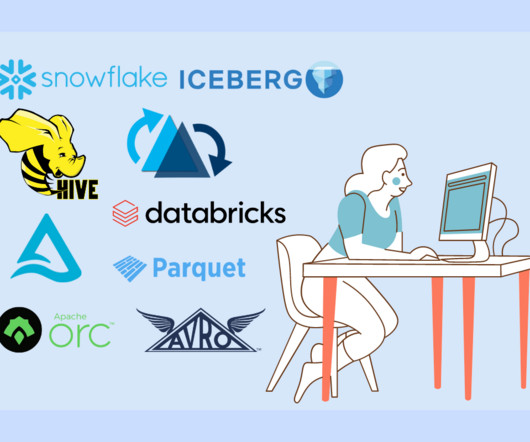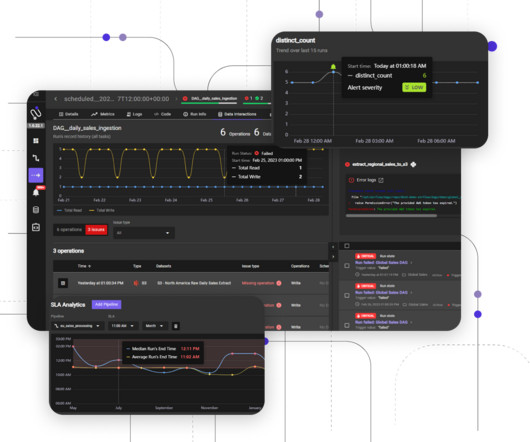The Evolution of Table Formats
Monte Carlo
MAY 14, 2024
At its core, a table format is a sophisticated metadata layer that defines, organizes, and interprets multiple underlying data files. Table formats incorporate aspects like columns, rows, data types, and relationships, but can also include information about the structure of the data itself.












Let's personalize your content